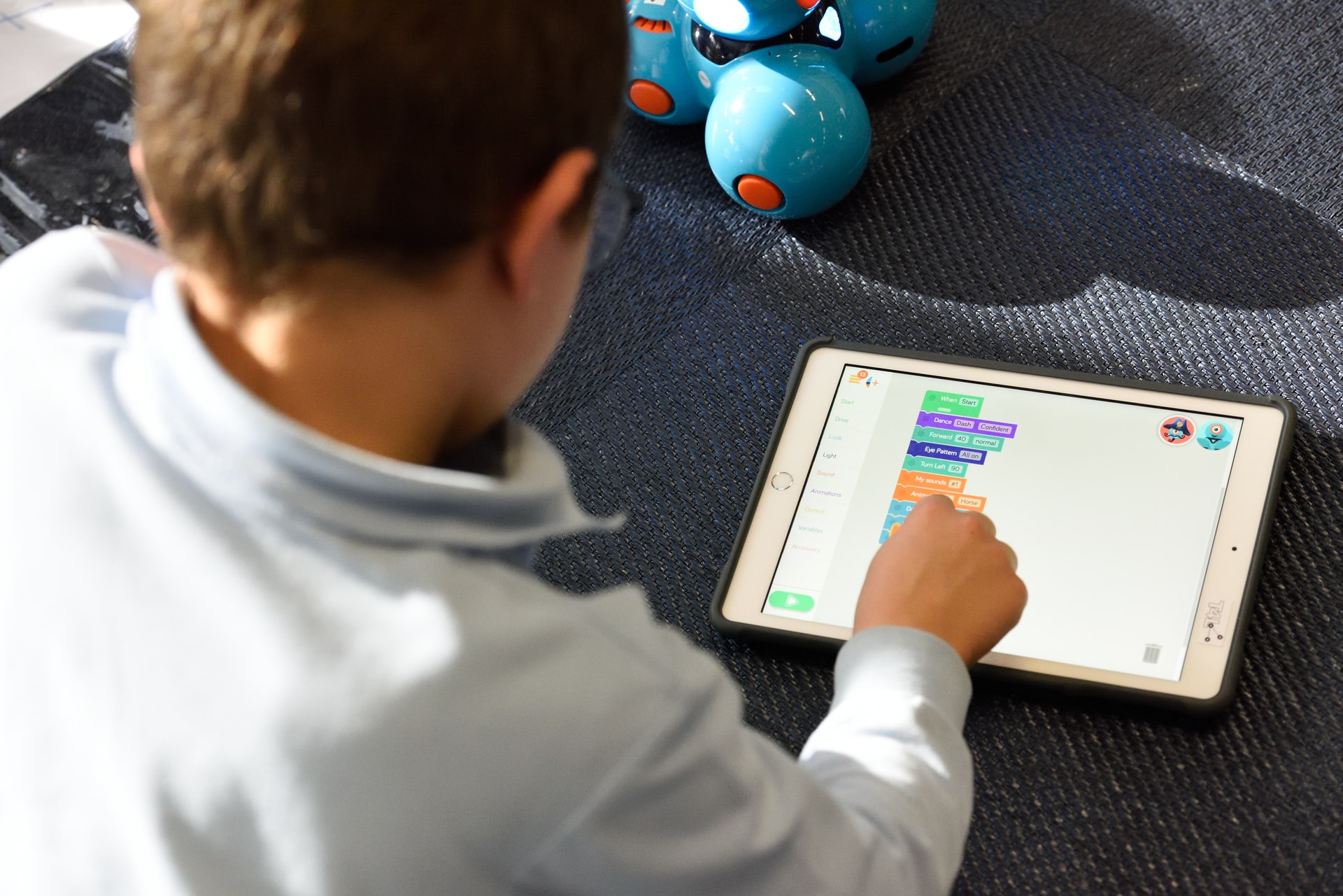How to Tell if You’re Using too Much Edtech

Edtech has been a significant boon to teachers and students in recent years.
Advances in technology make it possible to customize instruction in the classroom for every child, regardless of differences in learning. It also frees up teacher time by taking care of some of the more mundane tasks necessary for accountability.
What the edtech-rich classroom looks like
Classrooms of the future are thriving hives of activity. In the modern classroom, you’ll find some characteristics like these:
· Technology-induced smart spaces: Systems operate more efficiently than those of the past, thanks to smart tech embedded in building designs. Managers manipulate HVAC and electric systems with touchpad technology, and classrooms have come a long way from having only four outlets in the room – one on each wall. Modern classrooms include multiple charging ports so students can recharge their batteries.
· Transformative roles: Teaching has finally become less lecture and more hands-on for students, thanks to simulations and virtual reality. Students can obtain foundational knowledge from a variety of resources, including explainer videos and live streaming.
· Personalized learning: Education is no longer one-size-fits-all. The advent of technology in the classroom has allowed teachers to customized instruction based on student need. Students can work at their own pace.
Your colleagues (and your administrators) may want to immerse you in even more edtech in the classroom, but how do you know when you and your students have reached the point of saturation?
Excessive edtech engagement
Many educators have expressed concern at the pervasiveness of technology in their students’ lives. Although technology can’t be avoided completely, teachers can advocate for sensible edtech use.
Look for these warning signs of edtech excess:
· Hyperadoption – If your school has more tech devices than students, your instruction may be on edtech overload.
· Tech tools first – Do your students write themselves reminders in their smartphones without considering writing themselves a note? Do they check simple calculation of a calculator instead of figuring them out in their heads? You may be seeing sing of over-reliance on edtech.
· Ignoring reality – Social media has created a charlatan state for many students, often blurring the lines of perception. When students cannot distinguish between reality and a made-up world, it’s time to cut back on tech.
If you feel like edtech consumes all of your instructional time, you can still take charge of your classroom.
Take control of class time
Your classroom may run on technology, but that doesn’t mean you have to let technology permeate every aspect of instruction. Monitor screen time these ways:
· If your students are allowed to bring smartphones to school, have a phone-free activity that encourages socialization without technology. Face-to-face conversations are more meaningful than posts on social media.
· Establish procedures for letting students earn tech time. Your school may require that students spend time in reading and math programs, but there other more engaging edtech initiatives are not required.
· Implement a “try before turning to tech” practice. Encourage students to try to solve problems without accessing technology.
Edtech solutions have been a boon for teachers and students alike. However, when they permeate every minute of the day, it’s time to reduce our reliance on technology.





